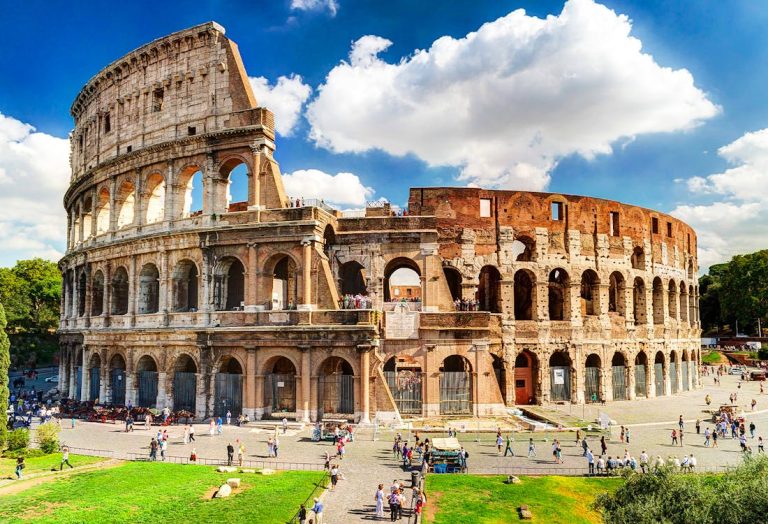History enthusiasts and travelers alike find joy in exploring the rich tapestry of historic sites scattered across the globe. From ancient wonders to more recent landmarks, these destinations offer glimpses into civilizations past and present. Here’s a curated list of some of the most intriguing historic places worldwide that should be on your travel bucket list:
1. Machu Picchu, Peru
Nestled high in the Andes Mountains, Machu Picchu remains a testament to the engineering prowess of the Inca civilization. Its stunning terraces and stone structures captivate visitors from around the world.
2. The Colosseum, Italy
Rome’s iconic amphitheater, the Colosseum, stands as a symbol of ancient Roman engineering and entertainment. Imagine the roar of crowds and the spectacles that once unfolded within its walls.
3. Angkor Wat, Cambodia
The largest religious monument in the world, Angkor Wat, showcases the grandeur of the Khmer Empire. Its intricate carvings and temple complexes are a marvel of ancient architecture.
4. Pyramids of Giza, Egypt
The Great Pyramids of Giza need no introduction, being among the last surviving wonders of the ancient world. These colossal structures continue to awe with their mysterious construction and historical significance.
5. Acropolis of Athens, Greece
Perched atop Athens, the Acropolis is a symbol of classical Greece. The Parthenon, dedicated to Athena, stands as a symbol of democracy, art, and philosophy.
6. Petra, Jordan
Carved into rose-colored rock, Petra’s ancient city is a UNESCO World Heritage site that reveals the ingenuity of the Nabataean civilization. Explore its tombs, temples, and breathtaking desert landscape.
7. Forbidden City, China
Beijing’s Forbidden City served as the imperial palace for nearly 500 years. Its ornate architecture and vast courtyards offer a glimpse into China’s imperial history and culture.
8. Chichen Itza, Mexico
The Mayan city of Chichen Itza showcases a blend of Maya and Toltec architectural styles. Its iconic pyramid, El Castillo, is a marvel of ancient astronomy and engineering.
9. Alhambra, Spain
Granada’s Alhambra palace complex is a masterpiece of Moorish architecture. Its intricate Islamic art and serene gardens transport visitors to medieval Andalusia.
10. Taj Mahal, India
A testament to love and architectural brilliance, the Taj Mahal in Agra is a UNESCO World Heritage site and one of the most recognized symbols of India.
Why Visit Historic Places?
Visiting these historic sites not only offers a glimpse into the past but also enriches our understanding of cultures, civilizations, and the evolution of human society. Whether you’re a history buff, an avid traveler, or simply curious about the world’s heritage, these destinations promise unforgettable experiences and insights.
Plan Your Journey
Ready to explore these fascinating historic places? Start planning your itinerary, immerse yourself in history, and create memories that will last a lifetime.
FAQs
Q1: Why should I visit historic places when traveling?
Historic places offer a deeper understanding of cultures, architecture, and the evolution of societies, enriching your travel experience with insights and stories from the past.
Q2: How do I choose which historic places to visit?
Consider your interests in history, architecture, and cultures. Research UNESCO World Heritage sites, iconic landmarks, and unique ancient cities that align with your travel preferences.
Q3: Are these historic sites accessible for travelers with mobility challenges?
Many historic sites have adapted to accommodate visitors with mobility challenges, offering accessible pathways, ramps, and guided tours. Check with local tourism authorities for specific accessibility information.
Q4: What should I pack when visiting historic places?
Pack comfortable walking shoes, sunscreen, a hat, a reusable water bottle, and a camera or smartphone for capturing memorable moments. Depending on the location, consider respectful attire for religious sites.
Q5: How can I learn more about the history of these places during my visit?
Guided tours, audio guides, and onsite museums often provide detailed historical insights. Additionally, reading up on the history beforehand or hiring local guides can enhance your understanding and appreciation.


